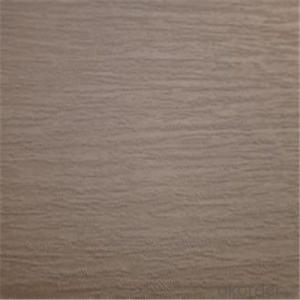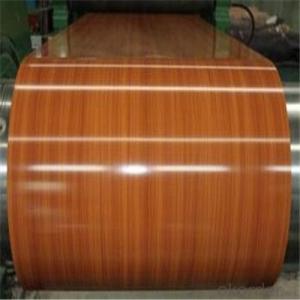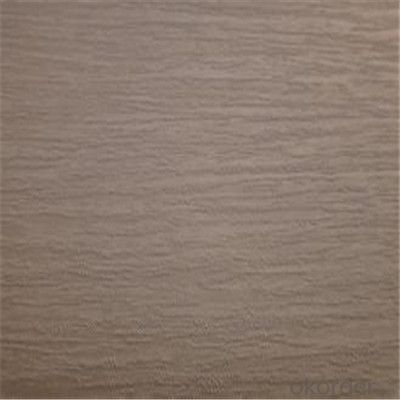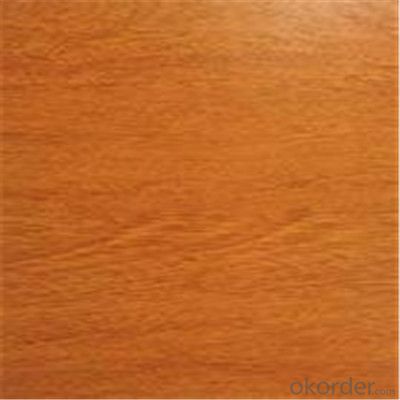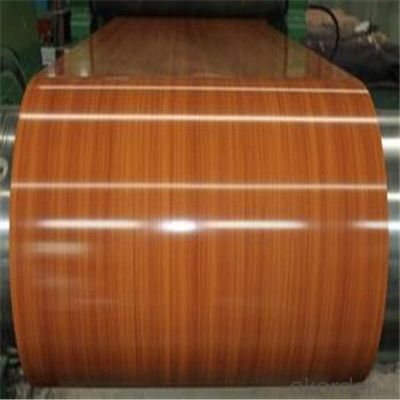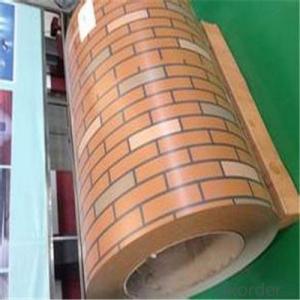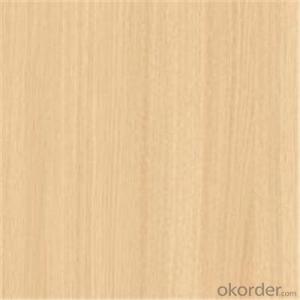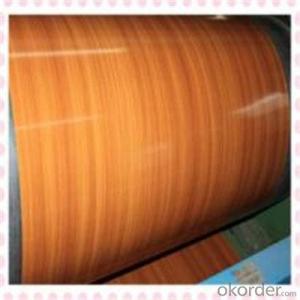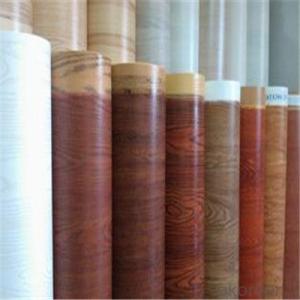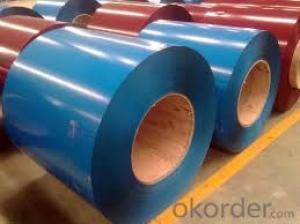Wood Finish Pattern Printed Galvanized PPGI Steel Coils
- Loading Port:
- Tianjin
- Payment Terms:
- TT OR LC
- Min Order Qty:
- 34 m.t.
- Supply Capability:
- 120004444 m.t./month
OKorder Service Pledge
OKorder Financial Service
You Might Also Like
Specification
Description of PPGI:
Grade : SGCD,SGCH, Q195,DX51D
Galvanized steel sheet /coil features:
1. Zinc coating :40-180g( as required)
2. thickness:0.2-1.2mm
3. width:914-1250mm(914mm, 1215mm,1250mm,1000mm the most common)
4. coil id:508mm/610mm
5. coil weight: 4-10 MT(as required)
6. surface: regular/mini/zero spangle, chromated, skin pass, dry etc.
Festures of PPGI:
Building industry | Outdoor application | Roof, structural balcony, panels, window sills, window frames, gates, garage doors, rolling doors, booths, shutters, watch rooms, makeshift houses, street waiting room (booth), refrigerators, etc. |
Indoor application | Room doors, dividing walls, door frames, light house steel structures, sliding doors, screens, ceilings, toilets, interior elevator lobby, stairwayventilating duct, communication pipelines. |
Specifications of PPGI:
Aplication | Building exterior application |
Building interior application | |
Furniture | |
Household appliances | |
Steel windows | |
Others |
Images of PPGI:
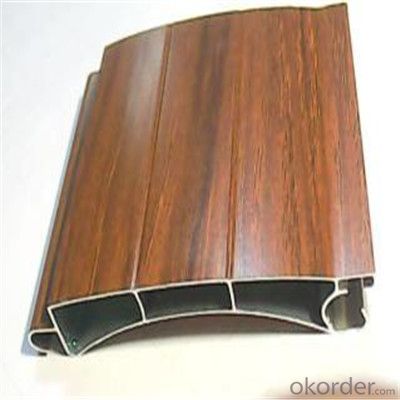
FAQ:
1.What about the delivery.
We can arrange the shipment about 15-25 days after the deposit.
2.What about payment term?
30% T/T deposit, balance against B/L copy.
Full T/T payment if quantity less than MOQ.
3.How much about MOQ?
Normally 100pcs,but small order is acceptable as well.
- Q: How are steel coils used in the production of HVAC ductwork?
- Due to their durability and strength, steel coils find widespread use in the production of HVAC ductwork. Galvanized steel is typically used to make these coils, as it offers protection against corrosion and extends the lifespan of the ductwork. To initiate the manufacturing process, the steel coils are unrolled and cut to the desired length. Subsequently, they are passed through a machine that shapes the steel into either a rectangular or round duct form. This shaping process employs various techniques like roll forming or press braking. Once the steel has taken the desired duct shape, it is joined together using different methods such as welding or locking mechanisms. Rectangular ducts are commonly welded, while round ducts often incorporate locking mechanisms like snap locks or Pittsburgh seams. These joining techniques ensure the ductwork is secure and airtight. Following the assembly of the ductwork, additional processes like insulation or lining may be applied. Insulation aids in minimizing heat loss or gain, while lining improves the acoustic properties of the ductwork. These supplementary steps are often undertaken to comply with specific requirements or regulations. In conclusion, steel coils are essential in the production of HVAC ductwork due to their strength, durability, and corrosion protection. Steel's versatility allows for the fabrication of ductwork in various shapes and sizes, making it a popular choice for HVAC systems.
- Q: How are steel coils used in the manufacturing of body reinforcements?
- Steel coils are used in the manufacturing of body reinforcements by being shaped and welded to form sturdy structural components, such as pillars, beams, and frames, that provide strength and rigidity to the vehicle's body structure.
- Q: I just bought some cheap earrings from this beauty supply store but they said surgical steel So will they prevent my ears from bleeding / infection ?
- Surgical steel is a grade of steel often used in medical appliances like tweezers, forceps, etc. It's generally non-reactive and considered very safe. It doesn't contain any special properties against infection--you still have to observe basic hygiene and clean your piercings properly--but most people can wear surgical steel earrings without a problem. However, if you have a contact allergy to base metals like nickel, surgical steel may cause redness or irritation because of the metals used in it. If cheap rings or necklaces make your skin break out in a rash you should NOT wear surgical steel.
- Q: 1045 surgical steel.
- There are many ways to sharpen knives. I guess your question is whether to use the steel that comes with knives, or a stone. Steels are only to straighten the edge, which is stropping. They won't sharpen a truly dull knife. For that you need a real sharpening system, of which a whet stone is one. The edge of a knife will get wavy with use - that's what the steel is for, to true it back up.
- Q: How are steel coils used in the manufacturing of automotive chassis?
- Steel coils are used in the manufacturing of automotive chassis as they provide the necessary strength and durability required to support the vehicle's structure. These coils are used to form various components of the chassis, such as frame rails, cross members, and suspension mounts, ensuring optimal stability and safety of the vehicle.
- Q: What are the different types of coatings applied to steel coils?
- There are various types of coatings that can be applied to steel coils, each with its own specific purpose and benefits. 1. Galvanized Coating: This is one of the most common types of coatings applied to steel coils. It involves the application of a layer of zinc to the steel surface. Galvanized coatings provide excellent corrosion resistance, making them suitable for outdoor applications where the steel may be exposed to moisture or harsh environmental conditions. 2. Galvalume Coating: Similar to galvanized coating, galvalume coating also involves the application of a layer of zinc to the steel surface. However, it also includes a small amount of aluminum, which enhances the corrosion resistance and provides better heat reflectivity. Galvalume coatings are often used in roofing and cladding applications. 3. Pre-painted Coating: Pre-painted coatings involve the application of a layer of paint or primer to the steel surface. This type of coating allows for customization in terms of color and finish. Pre-painted coatings not only enhance the aesthetics of the steel but also provide additional protection against corrosion and weathering. 4. Organic Coating: Organic coatings are typically applied as a topcoat over a galvanized or galvalume coating. They are made of various resins, such as polyester, epoxy, or polyurethane, which provide additional protection against corrosion, abrasion, and chemicals. Organic coatings are commonly used in applications where both aesthetics and durability are important, such as in the automotive industry. 5. Metallic Coating: Metallic coatings, such as aluminum or zinc, are applied to steel coils using a process called hot-dip coating. These coatings provide excellent corrosion resistance and are commonly used in applications where the steel is exposed to high temperatures or corrosive environments. 6. Chromate Conversion Coating: Chromate conversion coatings are applied to steel coils primarily for their corrosion resistance properties. They are commonly used in electrical applications to protect against galvanic corrosion and improve conductivity. Overall, the type of coating applied to steel coils depends on the specific requirements of the application, including the desired level of corrosion resistance, aesthetics, and environmental factors.
- Q: What are the common coil handling equipment used in the industry?
- Some common coil handling equipment used in the industry include coil cradles, coil cars, coil reels, coil straighteners, coil feeders, and coil tippers. These equipment are used to efficiently and safely handle coils of various sizes and weights during manufacturing processes.
- Q: How are steel coils used in the manufacturing of industrial valves?
- Steel coils are used in the manufacturing of industrial valves as they provide the necessary material for constructing the valve bodies and other components. The steel coils are processed and shaped into the desired form, ensuring the valves are durable and can withstand high pressure and temperature conditions.
- Q: I want to know where cold formed steel framing is used, is every steel frame we see in a construction sites like houses, building and bridges cold formed steel frames? or hot formed steel framing?I also read that cold formed steel framing is used for floors, is the steel frame beneath the floor's concrete cover?Thank u very much!!
- It will vary from location to location. A possible way of telling is how the material is joined. If the material is riveted together it is likely cold rolled. If the material is welded then its probably normalized steel (possibly annealed but less likely). Cold rolling increases the yield strength of the material so less of it is needed. However, it also make the material more brittle. Welding creates defects in the region surrounding the weld and these are more likely to grow and cause failure in a cold rolled steel than a normalised or annealed steels. In addition the heat from the welding will change the microstructure that was deliberately introduced by the cold rolling process resulting in a localised drop in yield strength. Normalised and annealed steels are more ductile and tougher than Cold rolled steel but they have a lower yield strength. Because they are tough and ductile they are less sensitive to crakcs and defects so welding won't lead to as big a reduction in strength. Another possible consideration is the environment they are used in. Steels exhibit a transition temperature (actually more like a range) where they go from behaving like a ductile material to a brittle material. A well known example of what this can cause are the Liberty ships in WW2 (Supply vessels from the US to the UK). These were made by welding together sheets of cold rolled steel to form one continuous Hull. Unfortuantely the transiton temperature of the steel taht was sued was around 4 degrees while the Baltic Ocean is about 0 degrees. As a result small cracks would grow and then when the reached a critical size they would tear through the ship at the speed of sound in the metal (1500m/s) and these massive cargo ships would literally snap like twigs. So, if the steel is being used somewhere really cold its unlikely to be Cold rolled too.
- Q: Explain your answers please. I was watching mythbusters and they bought a steel coffin over a wooden one because they thought it would hold more dirt. Now how come bridges that have been made of wood lasted way longer than steel bridges? Or rollercoasts for example.
- steel.
Send your message to us
Wood Finish Pattern Printed Galvanized PPGI Steel Coils
- Loading Port:
- Tianjin
- Payment Terms:
- TT OR LC
- Min Order Qty:
- 34 m.t.
- Supply Capability:
- 120004444 m.t./month
OKorder Service Pledge
OKorder Financial Service
Similar products
Hot products
Hot Searches
Related keywords
